Introduction
It’s now pretty much accepted wisdom that recipients worldwide open 98% of the short message service or SMS text communications they receive on their mobile devices – some 90% of them within three minutes of getting the text. By comparison, email messages tend to achieve only a 20% opening rate.
This acceptance for SMS has inspired organizations to extend short messaging functionality to web apps, social media, and other platforms, in what is known as application-to-person messaging (A2P SMS), business SMS, or enterprise SMS.
Short message service application programming interface (SMS API) technology and cloud-hosted SMS as a Service (SMSaaS) offerings are extending the text communication reach of organizations to global levels, enabling business text users to reach bigger and bigger audiences.
There’s money in this approach, too. Back in 1998, there were about eight companies that offered bulk SMS. Now there are well over 100. In fact, SMS marketing is expected to grow at a compound annual growth rate (CAGR) of 5.5% from 2020 to 2027.
So, what is bulk SMS – and how does it work? We’ll be addressing these questions, along with other issues, in this article.
What Is Bulk SMS?
In its purest sense, bulk SMS is a blanket term for sending an SMS communication to two or more recipients. The term is generally used in reference to SMS marketing texts rather than alerts or notifications.
Historically, as we have noted, bulk SMS has been over 25 years old, but the technique is likely to remain a major force in customer communications for some time to come. Media companies, enterprises, and financial institutions use bulk texting for promotional and fraud control purposes, while consumer brands use bulk SMS for a variety of reasons, including entertainment, enterprise management, and mobile marketing.
Bulk SMS is an ideal format for direct marketing, email marketing, and newsletter promotion, but it can also be used to create and distribute SMS newsletters.
| Message Type | Benefits | Example Use Cases |
|---|---|---|
| Promotional | – Increased brand visibility – Enhanced customer reach – Boosted sales and engagement rates – Cost-effective advertising | Seasonal sales promotions Flash discounts Loyalty program announcements |
| Transactional | – Instant delivery of critical information – Improved operational efficiency – Enhanced trust and reliability | OTPs for secure logins Payment confirmations Order and shipping updates |
| Conversational | – Real-time customer support – Strengthened customer relationships – Increased retention and satisfaction | Customer feedback Support queries Personalized product recommendations |
How Bulk SMS Works
Organizations must typically use dedicated SMS software to initiate bulk SMS campaigns. Nowadays, this software is generally web-based, and operates on a subscription model. Users can log into their bulk SMS service account, then upload their mobile numbers, compose their messages, and set the dates and times of their campaign content.
Breaking it down in a little more detail, a typical bulk SMS workflow takes the form as follows:
Compose Your Contacts List
Create a client database (from your buyer personas, ideal customer profile, existing client portfolio, target audience, etc.) with mobile phone numbers, names, and company details.
Select a Bulk SMS Application or Service
You can use one or more solutions to send and receive bulk SMS messages. Options include a mobile phone application, a dedicated software program, a web interface, or an SMS API that integrates with your website or business systems.
We’ll be offering some recommendations on how to make the right choice later in this article.
Upload Your Contacts and Contact Information
Having logged in to access your bulk SMS application, select numbers from your contacts database for the particular campaign.
Most bulk SMS software applications will give you the option of uploading lists of mobile phone numbers as a text file or CSV file. Text files must contain letters, numbers, symbols, or a combination of these, enabling you to create and store text without any special formatting. Comma-separated Variable or CSV files store information in a table. This is a file format common to mainstream spreadsheet and database applications.
Compose Your Message
Create the bulk SMS message you would like to send and add the phone numbers of the intended recipients.
Some bulk SMS solutions allow you to send personalized messages to contacts by using variables in the text message. Some sophisticated systems can automatically remove duplicate phone numbers and validate mobile numbers before you send your messages.
Schedule Your Bulk SMS Delivery
Use the software configuration settings to specify a time and date when you would like the bulk SMS to be sent. The bulk SMS system may give you the option to repeat sending at specified times and dates, or to repeat the bulk SMS transmission at a regular interval, like daily, weekly, monthly or annually.
Preview Your Output
At this point, it’s a good idea to send the bulk SMS text to yourself and a few others before the actual campaign goes out. This will enable you to proofread the text and analyze it for content that could potentially flag it as spam or phishing material. You should also check that any links contained in the text are correct and working and that the mobile landing page they point to works correctly on all devices.
Send and Monitor Your Bulk SMS
Having verified your content, you can now send out your bulk SMS. Following the transmission, be sure to view your bulk SMS outbox to see the list of messages that were successfully sent, and to study their delivery reports.
Bulk SMS Use Cases
Organizations typically use bulk SMS for alerts, reminders, and/or marketing purposes. However, bulk texting also enables enterprises to disseminate information to a wide audience, and to conduct communications with staff or customers.
Some examples of bulk SMS messaging include:
- Welcome text: These are the types of messages that you can use to thank visitors for logging in to your website.
- Security codes: This class of bulk texting includes One-Time Passwords (OTPs) and verification codes for two-factor or multi-factor authentication.
- Reminders: You can use bulk SMS to notify participants of impending meetings, trips, etc.
- Billing confirmations: You can configure your bulk SMS platform to issue these messages in real or near real time, and on a per-transaction basis.
- Promotional codes: Used by retailers and other organizations to give discounts or special offers.
- Lifestyle content: Bulk SMS may take the form of lifestyle recommendations, inspirational quotes, news headlines, etc.
Best Practices and Recommendations for Business Texting
There are a number of factors to consider before you sign up with a bulk SMS service and start your bulk texting campaigns. They include the following:
Bulk SMS Message Routing
In the past, the bulk texting market was saturated with disreputable companies that would send SMS campaigns through very low-quality gray routes – i.e., diversions through offshore delivery networks that were cheaper for the bulk SMS provider. The result for the consumer, however, was very poor message delivery or lengthy delays.
Though market forces have relegated most of these bulk SMS providers to the lower pages of the Google rankings, you should insist on an organization that uses tier 1 direct-to-network connections with reputable SMS aggregators that have positive reviews.
Pricing Structure
In the current market, no companies offer free bulk SMS. On average, you should expect to pay around five cents per message. Bulk SMS providers will also tend to charge you for failed text deliveries.
Providers will usually offer SMS credits for sending your campaigns. You’ll need to purchase these in bulk from the SMS provider, who will typically offer discounts for larger blocks of SMS credits. Be sure to check the provider’s Terms & Conditions, as many companies will remove your SMS credits if they’re not used within a certain time period.
Also, make sure that you know exactly how many SMS credits must be used to send a text. This can have price implications, as international bulk texting may require a higher number of credits for each message.
Ensure that the Provider Can Meet All Your Legal Obligations for Bulk Texting
Anti-spam filtering software at the content creation level has been successful in removing much of the stigma historically associated with bulk texting. However sending bulk SMS can still pose legal and financial risks – particularly with transmission across international boundaries.
For example, the General Data Protection Regulation (GDPR) that applies in the European Union (EU) has strict guidelines in regard to bulk SMS. Specifically, organizations sending bulk SMS to recipients in the EU must provide a clear and obvious way to opt-out of receiving further marketing texts. What’s more, organizations must provide the opt-out clause using the same method of communication. As such, in Europe, you can’t, for example, send someone a bulk text and then ask them to send an email to unsubscribe.
Understand the Bulk SMS Ecosystem
Note that a standard text is 160 characters, including spaces. Any message exceeding this character count will attract a cost of more than one text credit. To conserve credits and retain focus on your bulk texting, you should stick to one clear offer or message with one simple call to action.
Bulk SMS messages often contain a link, inviting the recipient to click through to a website where they can respond to the offer. Be sure to optimize this landing page for mobile users.
Use the Right Technology
A modern SMS gateway acts as a relay between mobile network operators and a wireless applications service provider. This allows for the distribution of SMS traffic via a direct connection to the SMSC (short message service center) of a mobile network operator, and then on to a recipient’s mobile phone number.
A bulk SMS messaging solution that employs an SMS API can interface with a service provider’s SMS gateway to ensure the delivery of messages to mobile phone numbers anywhere in the world.
With the IDT Express SMS API, you can capture global interest using impactful bulk SMS messages powered by a carrier-grade platform and an extensive network of 550+ direct carrier connections. IDT’s Opt-out Management empowers you to seamlessly handle SMS opt-out requests from customers and automatically register them in your system to maintain compliance and provide exceptional customer service.
To find out more about how the IDT Express SMS API can take your bulk SMS campaigns to the next level, book a demo.
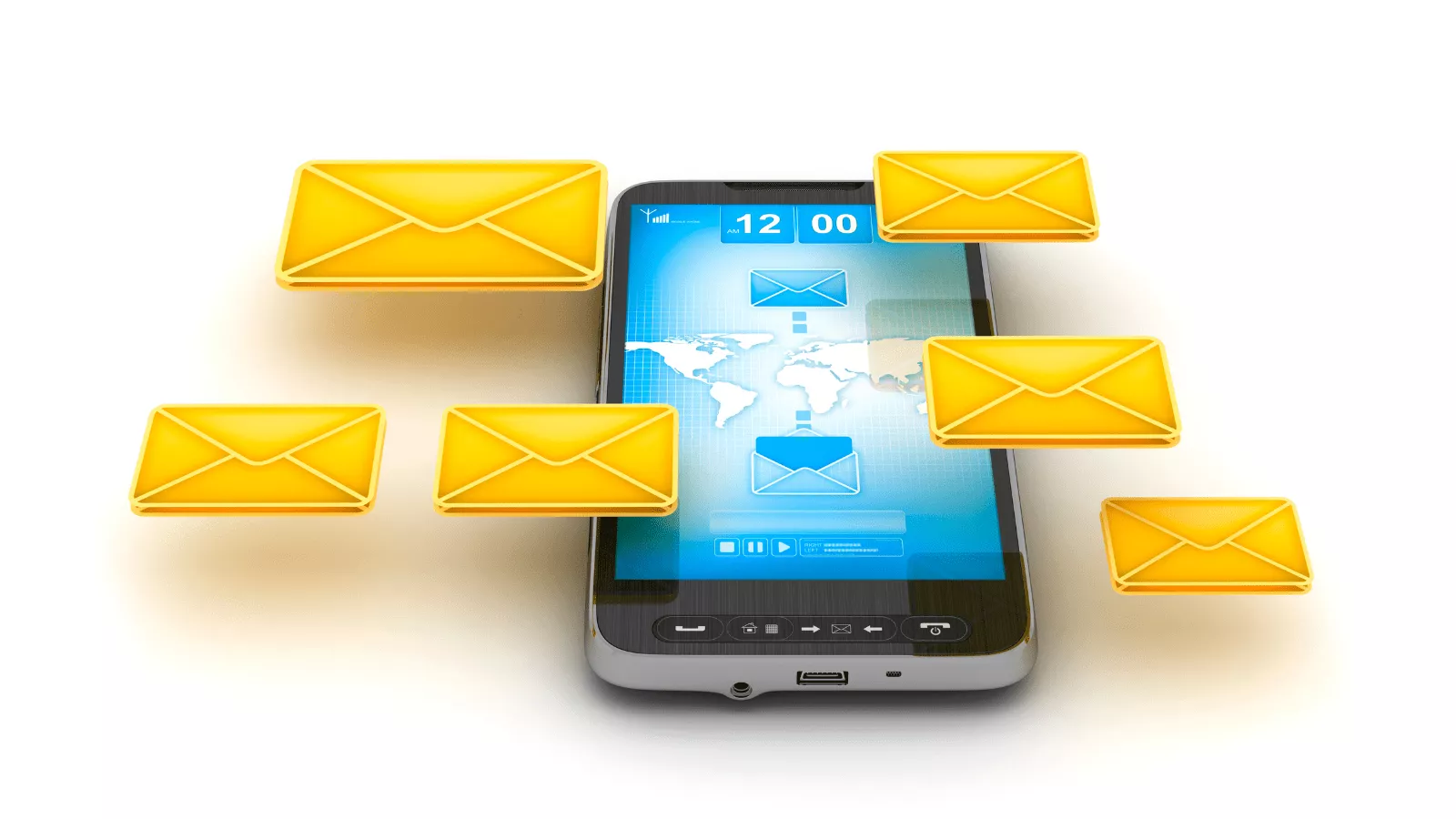
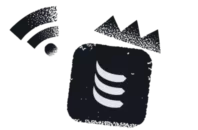
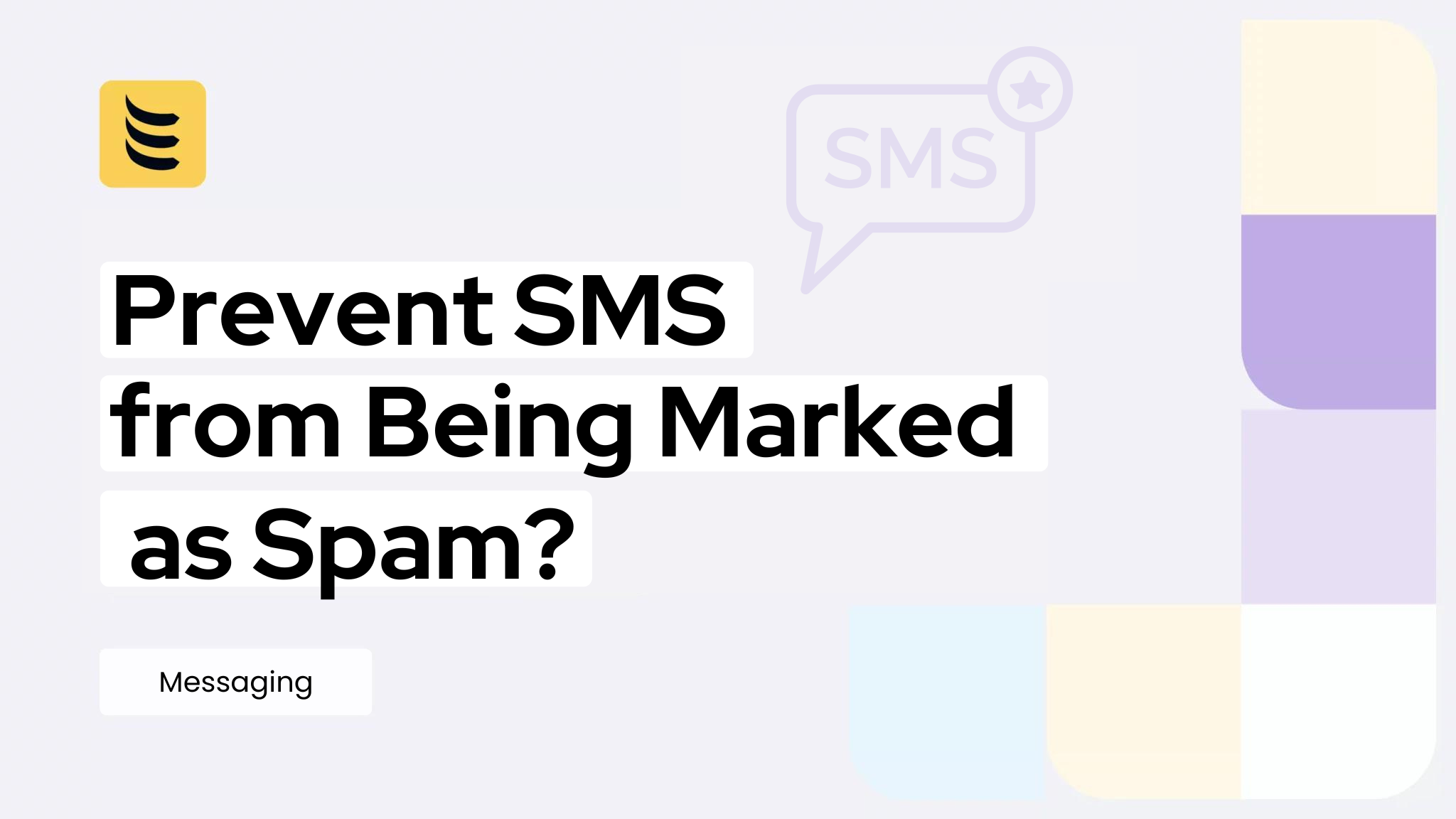
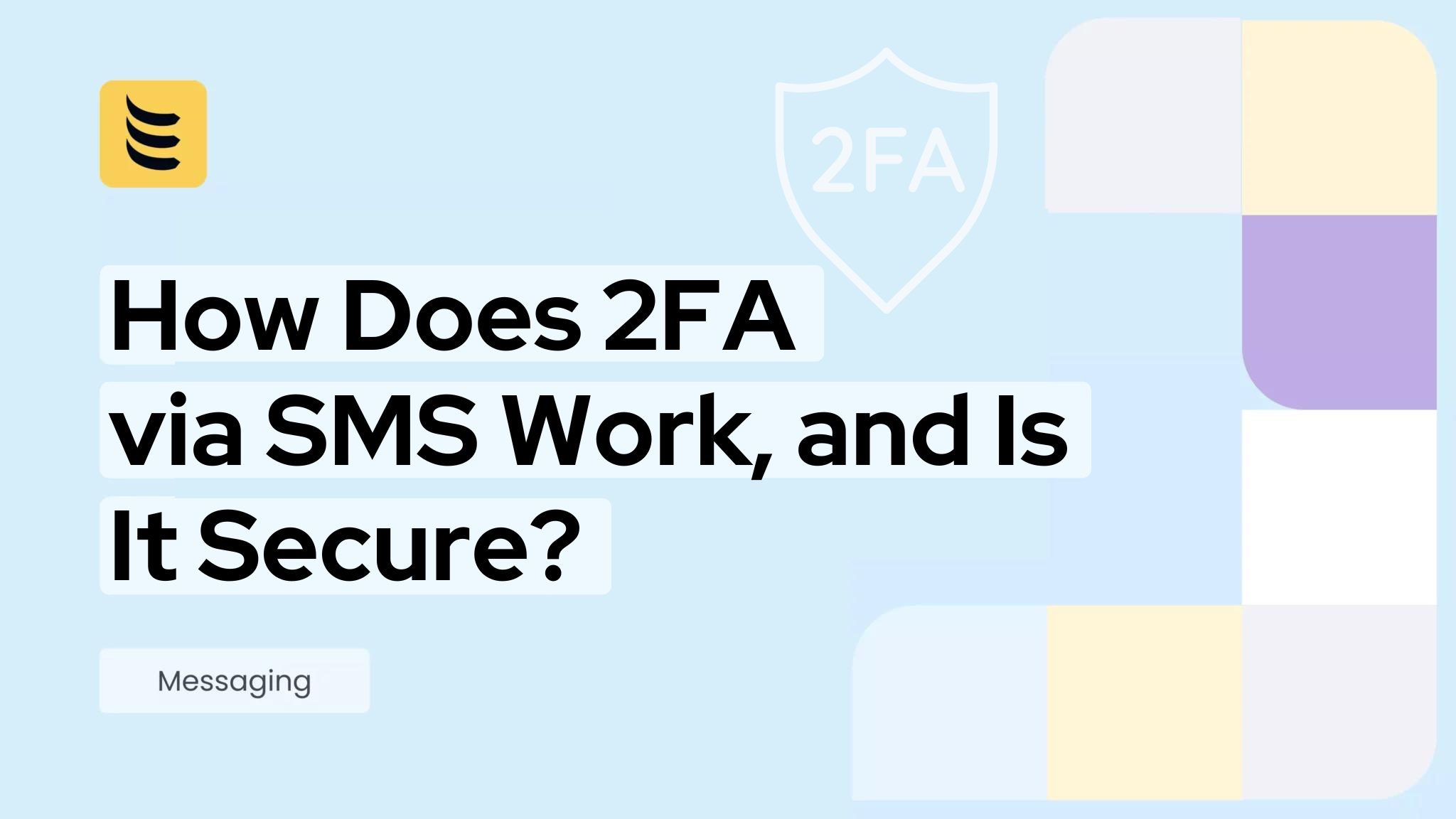
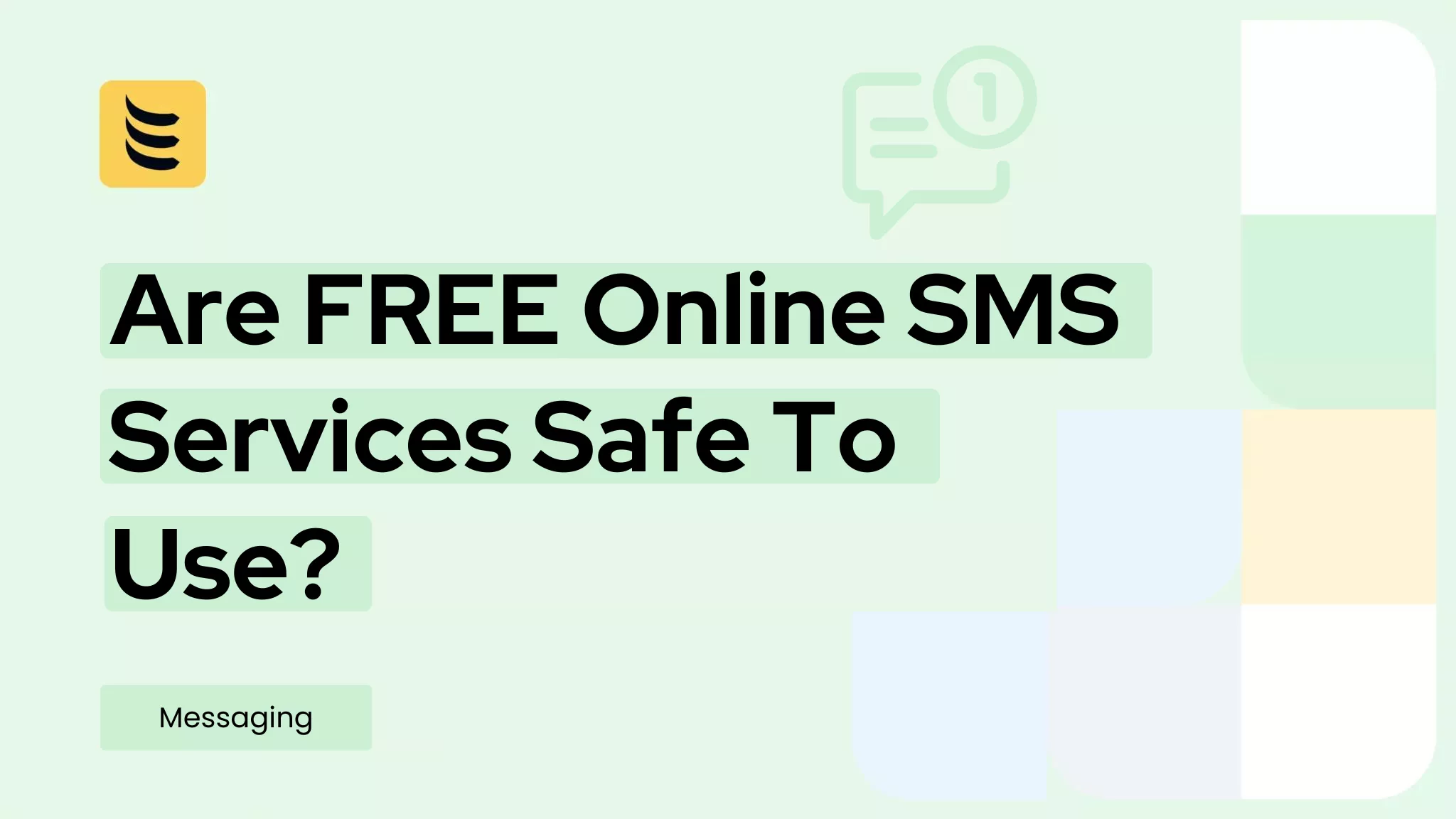
One Response
I’ve been hesitant to dive into SMS marketing, but your stats and case studies are really convincing. Do you think SMS works well for non-profit organizations looking to increase donations?